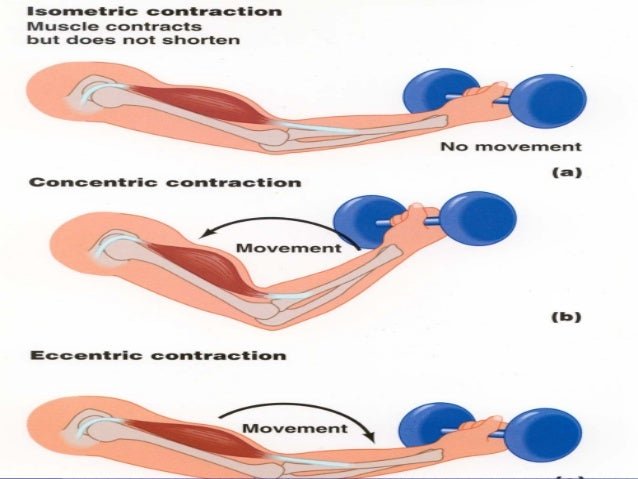Types of muscle contractions
There are two types of muscular contractions: Isometric and isotonic. Isometric contractions occurs when the muscles are activated but there is no movement at the joints. There is no lengthening or shortening of the muscles. Isotonic contractions occur when the joints move, and the muscle lengthen or shorten in an eccentric or concentric contractions.
Benefits of isometric training
- Recruits more motor units - motor units are responsible for skeletal muscle control.
- Isometric training increases motor unit recruitment efficiency
- Helps with sticking points - can help lifters overcome strength plateaus by improving weaknesses during specific movement points
- Increases muscle hypertrophy - time under tension is increased which further stimulates the muscles
- Helps maintain strength during injury - allows for a tightly controlled application of force within a pain-free joint angle in rehab settings
Examples of isometric exercises
Planks, Loaded carries, Isometric squats (pausing at the bottom of the rep or pushing up from the bottom position against a safety bar), Isometric push ups (pausing at the bottom position without touching the floor), All essential basic movement patterns (Squat, hinge, push, pull) can be do isometrically

